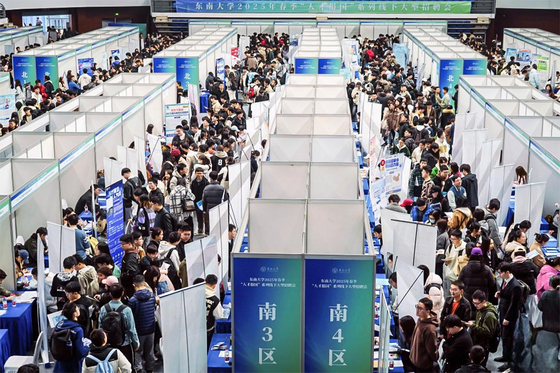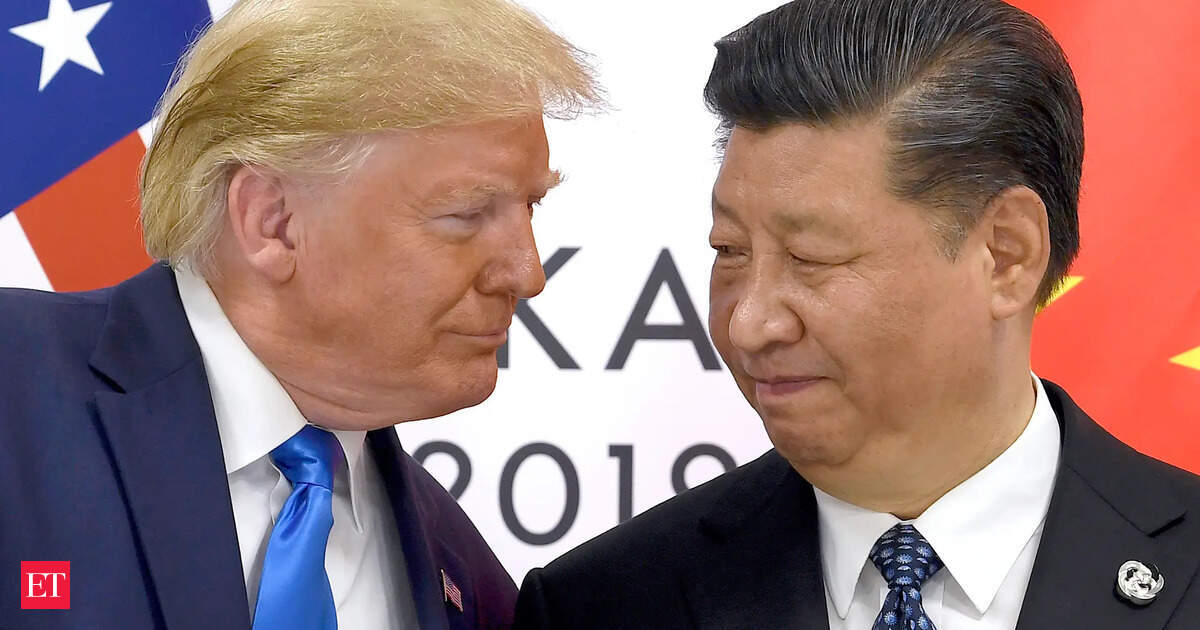Li Haoran, a non-computer science major, spent the latter part of his university years continuously seeking internships and job opportunities. After failing to secure a satisfying offer during the 2024 autumn recruitment season, he persisted with internships and interviews into May, finally obtaining a role in the large-model division at a leading Chinese tech firm. Li attributes his success to a surge in hiring during early 2025, spurred by new AI entrants like DeepSeek, which prompted tech giants to accelerate their AI operations and create more job roles [para. 1][para. 2].
Li’s case, as well as a recent wave of campus recruitment initiatives from major Chinese internet firms, signals a potential recovery after several challenging years for the tech sector post-pandemic. However, for the many computer science graduates entering the job market, the reality remains complex. Despite AI’s growth spurring some optimism, overall competition is fierce and the industry is shrinking. Top jobs at China’s major tech “factories” now demand outstanding academic credentials and extensive internships, leaving many graduates behind—a stark contrast to the past perception of computer science as a secure path to high-paying careers [para. 3][para. 4].
Signs of a market revival are evident through increased recruitment efforts from major firms. In April, Tencent announced its “largest ever employment plan,” aiming to offer 28,000 internship positions over three years, with 10,000 campus-recruited interns in 2025 alone—60% of which are tech-focused. Tencent also introduced the “Qingyun Plan” to attract global technology talent for its large-model division [para. 6]. Baidu committed to 21,000 internships over the next three years, and, in March, opened over 3,000 summer internships, 87% of which are AI-related [para. 7]. JD.com rolled out a large-scale intern retention plan, with over 10,000 placements potentially leading to full-time jobs in 2025 and started its 2026 campus recruitment early, offering 35,000 new roles [para. 8].
These efforts have produced cautious optimism among students, particularly those who experienced the bleakness of previous years. Some top university graduates in computer science noted that this year’s employment prospects have improved, enabling more students to secure offers during the main autumn recruitment season, though there is uncertainty about future stability for those pursuing further education [para. 10][para. 11].
Despite the hiring surge in AI, long-term data points to a structural contraction in the tech labor market. Since 2022, major companies like Baidu and Alibaba have reduced their workforces for three consecutive years. Baidu’s employee numbers fell to 35,900 by the end of 2024 (a 21.1% drop from 2021), and its R&D staff declined by 29%. Alibaba’s workforce more than halved, from about 255,000 in 2022 to 124,320 in 2025. Even JD.com, which expanded its overall headcount, saw a 15% decline in tech positions since 2021 [para. 13][para. 14][para. 15].
This contraction is occurring alongside a swelling supply of talent, with 435,000 computer science entry spots at Chinese universities in 2024—up 40,000 year-over-year, leading to warnings of surplus graduates [para. 18][para. 19]. Many with non-elite academic credentials are struggling to find jobs, intensifying the competition [para. 20]. The employment rate for 2024 computer science undergraduates was just 82.4% (six months post-graduation)—below the national average and a decline from previous cohorts. Salaries, while above average at 6,846 yuan ($945) per month, have stagnated rather than grown [para. 21].
Ultimately, the Chinese tech industry is undergoing cyclical adjustment and talent oversupply—especially as emergent AI and big data roles require higher qualifications, leading to fiercer competition and putting downward pressure on salaries. The once-booming “gold rush” for Chinese coders is over, replaced by an era of persistent, arduous competition [para. 22].
AI generated, for reference only


